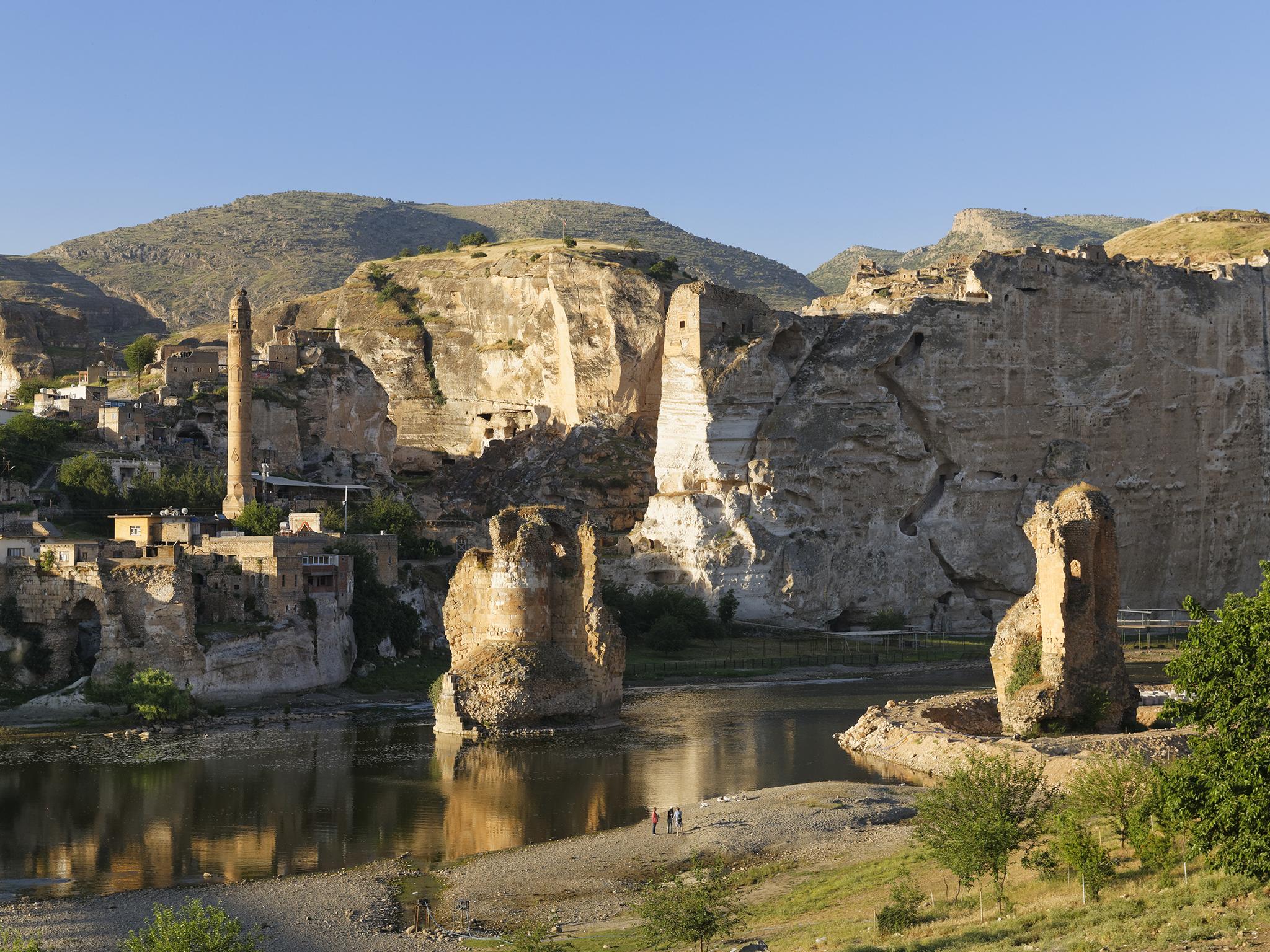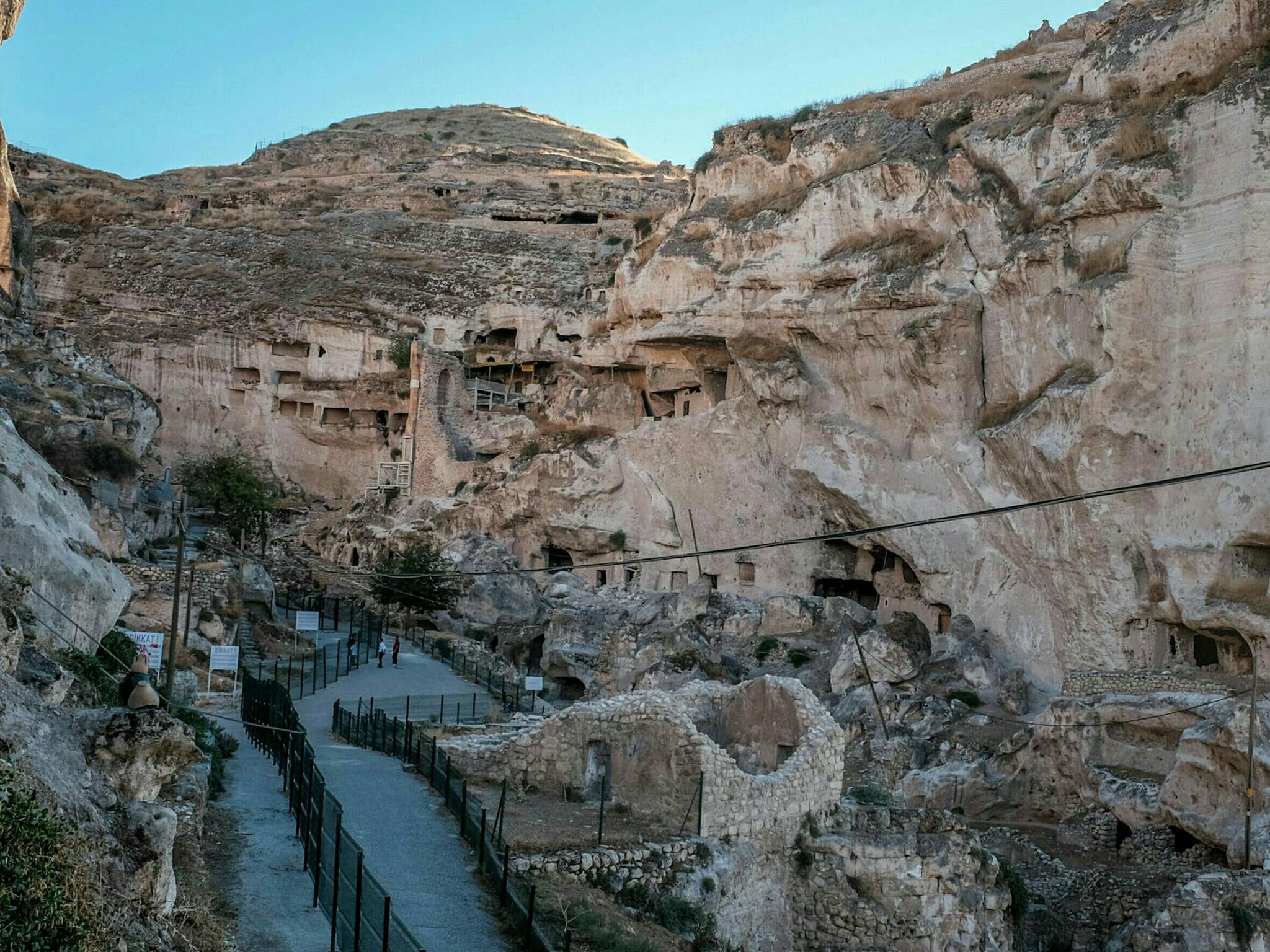Ancient Turkish city ‘about to disappear’ due to controversial Ilisu Dam project
Excavations in the area have uncovered a settlement dating back to 9500 BC

Your support helps us to tell the story
From reproductive rights to climate change to Big Tech, The Independent is on the ground when the story is developing. Whether it's investigating the financials of Elon Musk's pro-Trump PAC or producing our latest documentary, 'The A Word', which shines a light on the American women fighting for reproductive rights, we know how important it is to parse out the facts from the messaging.
At such a critical moment in US history, we need reporters on the ground. Your donation allows us to keep sending journalists to speak to both sides of the story.
The Independent is trusted by Americans across the entire political spectrum. And unlike many other quality news outlets, we choose not to lock Americans out of our reporting and analysis with paywalls. We believe quality journalism should be available to everyone, paid for by those who can afford it.
Your support makes all the difference.An ancient Turkish city which has survived for more than 12,000 years old, is set to vanish forever under waters produced by the new Ilisu Dam project.
Hasnkeyf in the country's Batman province, has provided a home to the Roman, Byzantine and Ottoman empires during its lifespan. Excavations in the area have uncovered a settlement dating back to 9500 BC.
But the new dam and hydroelectric power station project is set to completely submerge it in water.
The construction project which began in 2006, will provide electricity and irrigation essential to the development of the Kurdish majority south east of the country.
Although authorities have promised that historic edifices and landmarks - such as the Old Tigris Bridge which dates back to the 12th century - will be preserved and moved, the city’s residents are sceptical about whether they will be properly preserved.
However, the tomb of Zeynel Bey, an Islamic Ak Koyunlu tribesman who fought for supremacy in Anatolia before the rise of the Ottoman empire, has already been moved to a new "archaeological park", which authorities are banking on becoming a major tourist attraction.
It is the first of 10 monuments which Turkish authorities plan to relocate.
Some locals have been sceptical about plans to flood the region.
“There is no going back,” Arif Ayhan, a member of the Association for Trade and Tourism in Hasankeyf, told the Agence France Presse news agency.
Local bazaar trader Mehmet Emin Aydin added: “We will try to fight as long as we can, so that the beauty and history of this city will not be destroyed.”
Europa Nostra, a cultural heritage organisation also predicted that "the forseen flooding of Hasankeyf would destroy evidence for one of the oldest organised human settlements ever discovered.”

Despite its age and being referred to as one of the most ancient locations on earth, the city was not granted Unesco World Heritage status.
Hasakeyf was also declared a “first degree archaeological site" by Turkey's supreme board of monuments in 1978, but the project has still gone forward.
It has been estimated that around 80,000 people will be displaced by the flooding. Some could face impoverishment due to new debts being taken up in the wake of displacement.
But both the hydro-electric plant and dam are close to being completed and the flooding process is scheduled to take place on 31 December, according to the state run Anadolu News Agency.
Join our commenting forum
Join thought-provoking conversations, follow other Independent readers and see their replies
Comments